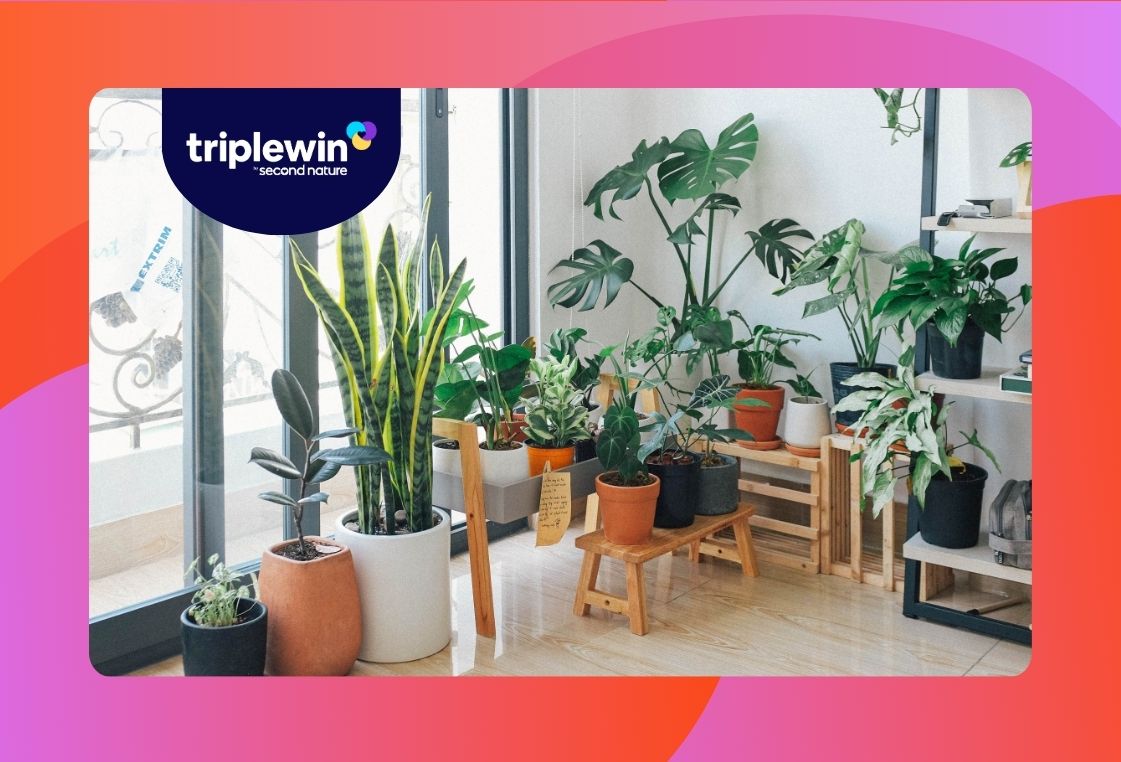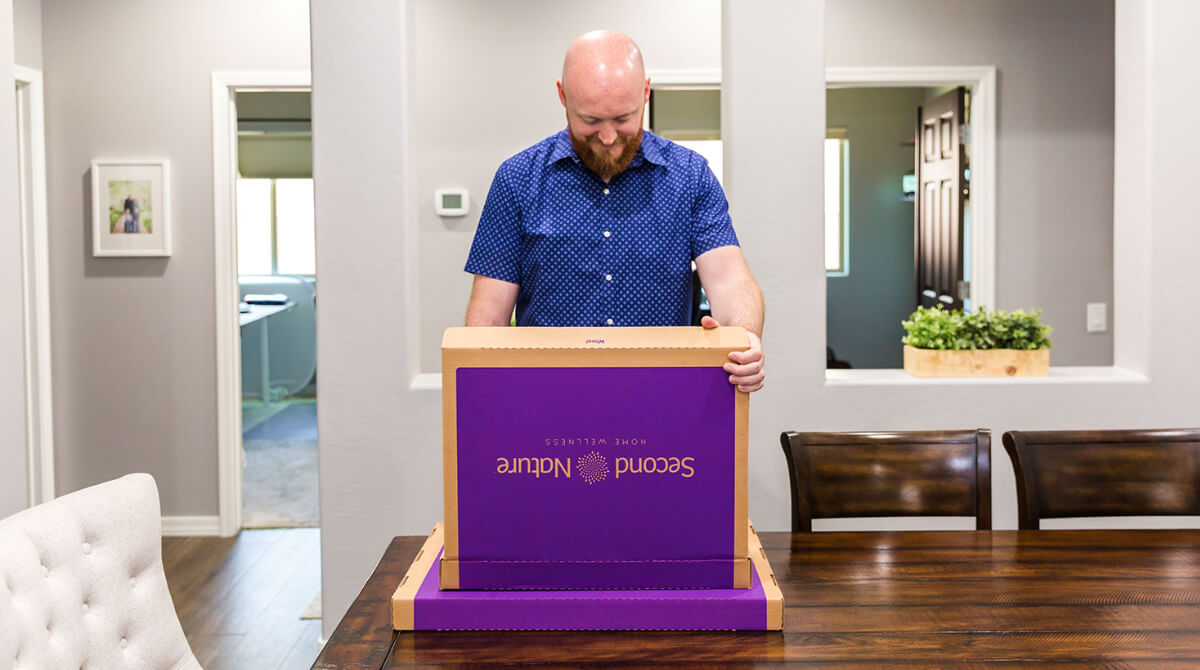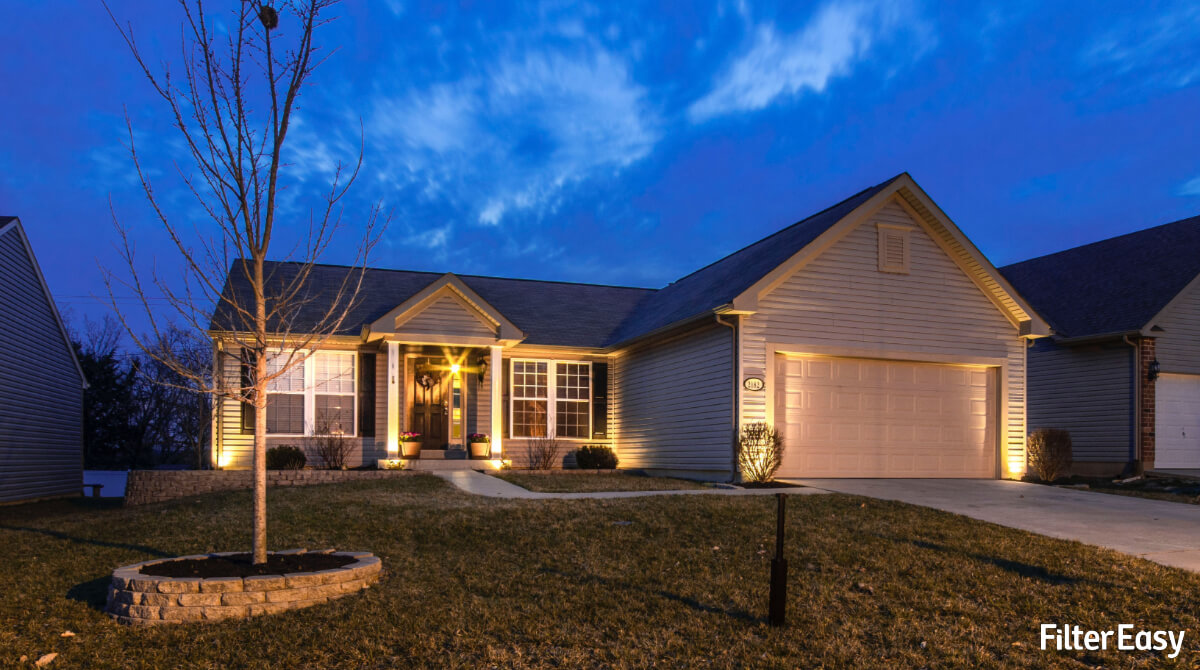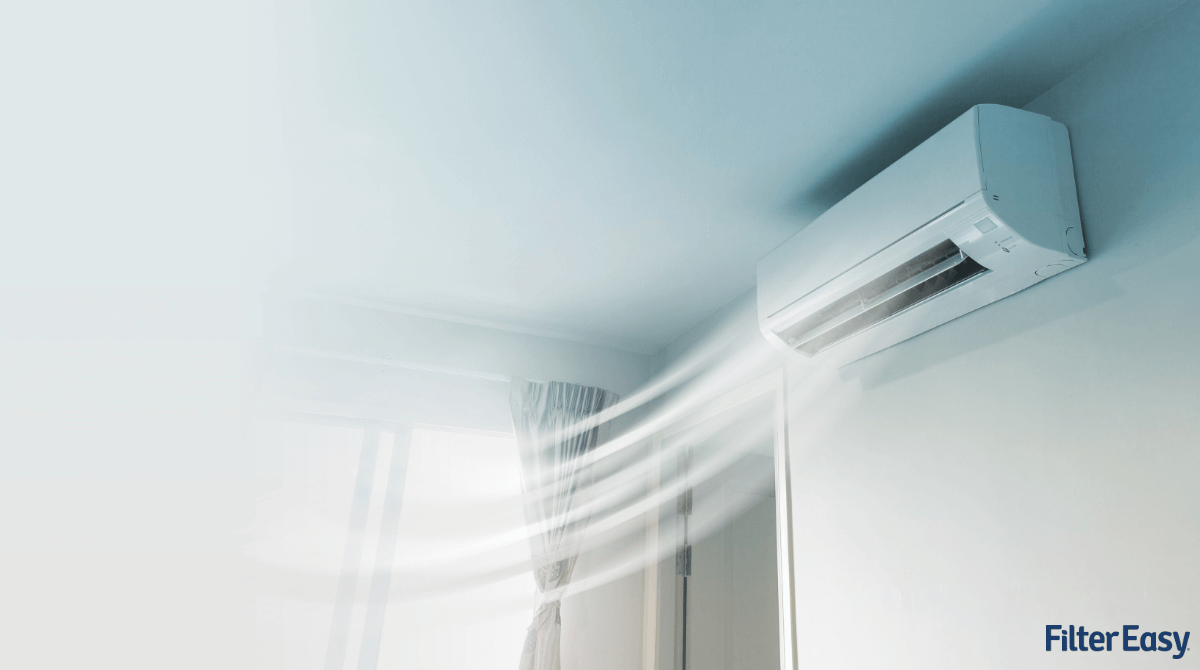Property Management Outsourcing Services: Example Tasks & Best Providers
Virtual assistants are becoming increasingly important in the property management industry for a number of reasons. First are the associated efficiencies. Property managers often wear many hats, juggling tasks like resident communication, lease agreements, maintenance requests, and advertising. A virtual assistant can handle many of these administrative and repetitive tasks, freeing up the property manager's time to focus on more strategic initiatives. Virtual assistants can also act as a communication "hub" between residents, property management companies, and service providers. They can field calls and emails, schedule appointments, and ensure everyone is on the same page. In the same vein, virtual assistants can help with tasks related to online advertising for vacancies, managing a social media presence to attract potential residents, and even creating basic property videos or photos for listings. It’s important to note that virtual assistants are not a replacement for in-house staff. Instead, they allow staff to focus on important tasks that add value, as opposed to time-consuming manual operations. In today's post, we'll provide concrete examples of how virtual assistants can help property managers, the pros and cons of using these services, and a brief directory of property management virtual assistant service providers. Note on language: In the interest of clear communication, particularly regarding legal matters, this blog post may occasionally use the term "tenant" in reference to residents. While "resident" reflects the valued community we aim to support, service provider agreements and other legal documents today typically use the term "tenant." For the majority of this post, however, we'll utilize the term "resident" to best represent the positive and collaborative atmosphere we aim to cultivate. What is outsourced property management? Outsourced property management refers to the practice of paying for a third-party company or product to handle certain tasks or operations for your property management company. This could include tasks such as tenant screening, resident benefits, renters insurance programs, rent collection, maintenance and repair coordination, lease enforcement, financial reporting, and more. Related: Benefits of Property Management Outsourcing Services Property management is in itself an outsourced service for real estate investors/property owners. Just as property owners often choose to outsource their property management to save time, reduce stress, and ensure they stay profitable – property management companies may outsource several of their services for the same reasons. Property management outsourcing services, whether PropTech products or fully managed solutions, allow property management companies to build efficiencies and focus on quality and growth. Outsourcing certain services can give residents more of what they need and investors more value for their dollar. Example property management tasks you can outsource to virtual assistants The number of tasks property managers can outsource has increased over time, as companies have become more comfortable with geographically dispersed teams, and as virtual assistants themselves have become more sophisticated (better communication skills, task automation capabilities, and access to information). Given that the benefits of outsourcing to virtual assistants are on the rise, here is a sampling of tasks that can currently be outsourced to virtual assistants. Outreach to homeowners for management Virtual assistants can be a property management company's secret weapon for improving homeowner outreach in a few key ways. Given that property managers often manage a large number of properties and homeowners, virtual assistants can handle sending personalized emails, texts, or even making phone calls to homeowners. As indicated above, they can also help manage the property management company's social media presence, posting updates, building trust, and boosting its brand presence to property owners. Property assessments While virtual assistants can't directly conduct rental property assessments, which typically involve a qualified professional inspecting the property's condition, they can provide valuable support throughout the assessment process by gathering and organizing property information crucial for the assessment (for example, details such as square footage, number of bedrooms/bathrooms, year built, major renovations, and past maintenance upkeep records). They can also compile relevant data from property management software or online real estate industry resources. Virtual assistants can also manage the scheduling of property assessors and ensure clear communication between the property owner, property manager, and the assessor. This involves sending appointment reminders, handling any cancellations or rescheduling needs, and keeping everyone informed throughout the process. Once any given assessment is complete, a virtual assistant can help process and organize the assessor's report. This might involve formatting the report, creating digital copies, and ensuring it's easily accessible to the property manager and owner. Creating and presenting management proposals Virtual assistants can be a highly cost-effective asset to property management companies when it comes to creating and presenting management proposals. For instance, virtual assistants can save a lot of time by gathering data on comparable properties in the area, including rental rates, vacancy rates, and recent sales. They can pull this data from industry reports, rental listing websites, or public property records. They can also compile details about specific rental properties under management such as square footage, amenities, maintenance history, and any unique features. This ensures the proposal accurately reflects the property's value and the services offered. In addition, virtual assistants can alleviate the hassle of creating or maintaining templates for management proposals, ensuring consistency in branding and formatting. This saves time and ensures a professional presentation. As far as actual proposal presentation is concerned, virtual assistants can handle the electronic delivery of the proposal to the client and schedule follow-up calls or meetings to discuss the proposal details and answer any questions. If the property manager is competing against other companies, a virtual assistant can help research competitor offerings and identify areas where your proposal can stand out. Determining property rent In addition to the market research capabilities mentioned above, virtual assistants can gather data on rental trends in the target area. This includes vacancy rates, as well as recent rental listings for comparable properties (similar size, bedrooms, amenities) and their advertised rent prices. They can find this information on rental listing websites, property management software, or public rental databases. Virtual assistants can also handle initial communication with investors to understand their rental expectations and any specific goals they might have (e.g., maximizing rent vs. filling the vacancy quickly). Creating and organizing property photos and marketing material Virtual assistants can be a game-changer for property management businesses when it comes to creating and organizing property photos and marketing materials. If professional photography is required, a virtual assistant can schedule appointments with photographers, and even perform basic photo editing tasks like cropping, and adjusting brightness and contrast. This ensures a clean and polished presentation of the property. They can also create file-naming conventions for these photos, in order to make them easily searchable for future use in marketing materials or listings. As far as marketing materials are concerned, virtual assistants can create or maintain templates for various materials, ensuring consistent branding and design across all platforms. This saves time and creates a professional look while delivering cost savings. Advertising the property Virtual assistants can be highly beneficial for property management companies when it comes to advertising their properties. For instance, virtual assistants can create and manage listings on various online rental platforms, ensuring accurate and up-to-date property information reaches a wide audience of potential tenants. They can also optimize listings with relevant keywords to improve search ranking. On the social media channel, virtual assistants can help create targeted ads with eye-catching visuals and compelling descriptions highlighting the property's best features. They can also schedule ad posts and track their performance to optimize future campaigns. In general, virtual assistants can create and manage a content calendar for property promotions. This can include scheduling social media posts, email blasts to potential residents, or even blog posts showcasing the property and surrounding neighborhood. Responding to inquiries Virtual assistants can be the first point of contact for prospective tenants who inquire about a property through listings, social media, or the company website. They can answer basic questions, schedule viewings, and qualify leads to ensure they are a good fit for the property. Likewise, when it comes to responding to inquiries from potential investors, they can assess the lead quality and guide the initial conversation. Vetting resident applications Virtual assistants can be a valuable asset in the vetting process for property management companies. For starters, they can handle the initial processing of rental applications, collecting and organizing applicant information, as well as lease agreements and supporting documents. This frees up property managers to focus on reviewing qualified applications. They can also manage initial communication with applicants. This might involve sending automated emails with application instructions, answering basic questions about the property or application process, and scheduling appointments for viewings. Many property management companies use tenant screening software that virtual assistants can be trained to utilize, ordering credit reports, background checks, and eviction history reports efficiently. Approving a tenant application after review Virtual assistants can play a crucial role in streamlining the post-review approval process for property management companies. Once the property manager approves an applicant, they can handle initial communication with the new resident. This might sending a lease agreement electronically, explaining signing procedures, and collecting e-signatures. Virtual assistants can also coordinate move-in logistics, such as scheduling move-in property inspections, providing information on utility activation, and sending welcome packages with important building information and resident resources. Lease preparation Virtual assistants can help to streamline the process of lease preparation while minimizing the potential for errors. At a minimum, they can gather essential information from the approved application and property details to populate lease templates. This might include resident names, contact details, leasing terms, rent amounts, and security deposit details. Many property management companies use pre-defined lease templates with standard clauses outlining They can then handle initial communication with the approved resident about lease signing. This might involve sending the lease electronically, explaining signing procedures, and answering basic questions about lease terms and conditions. resident responsibilities, maintenance procedures, and lease termination processes. Virtual assistants can ensure these clauses are included in the lease agreement. They can also review completed lease agreements for any typos, inconsistencies, or missing information before sending them to the resident for review and signature. Lease renewals Virtual assistants can also help streamline the process of lease renewal, thereby helping to increase resident retention. For example, virtual assistants can monitor lease agreements and identify upcoming lease expirations. They can then create a timeline for initiating communication with residents about potential renewals, via personalized emails or letters to residents approaching the end of their lease term. These messages can express appreciation for their residency, highlight the benefits of renewing, and outline the renewal process. Virtual assistants can also track resident responses to renewal offers, flagging those requiring further discussion with the property manager. They can also generate reports on renewal rates, providing valuable data for analyzing resident retention strategies. Running tenant background checks While virtual assistants can't legally conduct background checks themselves, they can be a valuable asset in streamlining the process for property management companies. This might include managing the initial steps of collecting and organizing applicant information crucial for background checks. This includes details like full names, Social Security numbers (with applicant consent), and previous addresses. They can also help maintain standardized forms with clear instructions for applicants regarding background check consent. This ensures applicants understand the process and provide the necessary authorization for releasing information to background check companies. Organizing tenant records Virtual assistants can be instrumental in bringing order to record-keeping processes, from data entry and management to record-keeping and accessibility. They can handle the initial data entry of resident information from applications, including names, contact details, emergency contacts, lease details, and pet information. This ensures all crucial information is captured and readily accessible. Virtual assistants can upload and organize various tenant documents electronically. This might include lease agreements, signed addendums, rental history verifications, and maintenance request records. They can also create a filing system for easy retrieval of documents when needed. Note that virtual assistants should be trained on data security and privacy regulations to ensure the confidentiality of resident information – while virtual assistants can manage record-keeping tasks, the property manager should maintain oversight and ensure compliance with data protection laws. Invoicing and accounting Virtual assistants can handle a range of tasks related to recording rent payments, managing maintenance expenses, and categorizing various property management costs For example, virtual assistants can help set up secure online payment portals for residents to easily submit rent payments electronically. On the tracking side, virtual assistants can track incoming payments, reconcile bank statements, and ensure accurate records are maintained. Virtual assistants can then generate basic financial reports for the property manager, summarizing expenses and overall property income. This allows for better financial tracking and informed decision-making. Many property management companies utilize accounting software. Virtual assistants can be trained to use these platforms, automating tasks like data entry and simplifying record-keeping. Best property management virtual assistant services providers Identifying the "best" virtual assistant service provider will of course depend on your specific needs and budget. First, we'd recommend that you determine the specific tasks you want your virtual assistant to handle (e.g., advertising, resident communication, bookkeeping), then conduct research on different providers, and compare their services offered, pricing structures, and experience with property management. Also look to online reviews and ask potential providers questions about their screening processes, and data security measures. We're highlighting a couple of providers below that focus exclusively on property management, as well as a short list of solutions that include property management in their overall focus. Virtual Property Management Solutions VPM Solutions is a platform designed specifically to connect property management and real estate businesses with virtual assistants. Learn more Purple Powered Virtual Assistant Purple Powered Virtual Assistant (PPVA) specializes in providing virtual assistants specifically catered to the property management industry. They focus on connecting property management companies with qualified VAs as well as ensuring those VAs have the necessary skills to excel in the role. Learn more Honorable mentions Virtudesk Virtudesk specializes in virtual assistants for various industries, including property management. They offer a proven track record and a focus on quality service. Learn more MyOutDesk Known for their expertise in real estate and property management, MyOutDesk offers virtual assistants with experience in tasks relevant to the field. Learn more Wishup This company boasts a user-friendly platform, offers flexible pricing plans, and has a quick onboarding process for virtual assistants. Learn more Pros and cons of using property management virtual assistants Overall, virtual assistants can be a valuable asset for property management companies, boosting profitability, resident satisfaction, and business growth. However, careful vetting, clear communication, and training are necessary to mitigate potential downsides related to quality control, local regulations, legal issues, and retention. Pros of using virtual assistants in property management Increased profitability Virtual assistants can handle tasks like advertising and resident communication, freeing up property managers to focus on maximizing rental income and minimizing vacancies. Improved tenant satisfaction Virtual assistants can ensure timely responses to new tenant inquiries and manage resident portals, leading to a more responsive and efficient experience for residents. Streamlined bookkeeping and reporting Virtual assistants can assist with bookkeeping tasks and help generate accurate financial reports, allowing for better financial management. Support for business growth Virtual assistants can handle administrative tasks and marketing efforts, reducing the overhead costs of executing this work, and freeing up property managers to focus on growing their business and taking on new clients. Cons of using virtual assistants in property management Quality control challenges Ensuring the quality of services provided by virtual assistants can be tricky, especially for complex tasks like legal compliance or resident screening. Potential legal issues Data security and privacy become a concern when sharing property information with virtual assistants. Clear contracts and data security measures are crucial. Retention challenges Finding and retaining qualified virtual assistants can be difficult, especially for specialized tasks within property management. Maintaining resident satisfaction Reliance on virtual assistants for initial communication with residents might lead to impersonal interactions, potentially impacting satisfaction. Limited expertise Virtual assistants may not have in-depth knowledge of property management regulations or local real estate market nuances compared to experienced property managers. How PMCs are outsourcing services for better resident experiences Property management companies are always looking for new ways to generate value for themselves, their residents, and their investors. One of the quickest ways to scale and increase return on investment can be through property management service outsourcing. At Second Nature, we’ve pioneered the first-ever fully managed Resident Benefits Package. The goal is to make property management easier for PMs, residents, and investors – and drive value that benefits all three. We call it the Triple Win. Our RBP provides services that residents are proven to pay and stay for – and our team manages every part of the process so property managers can focus on what's important to them.
 April 29, 2024
April 29, 2024
Read more

March 19, 2025

















